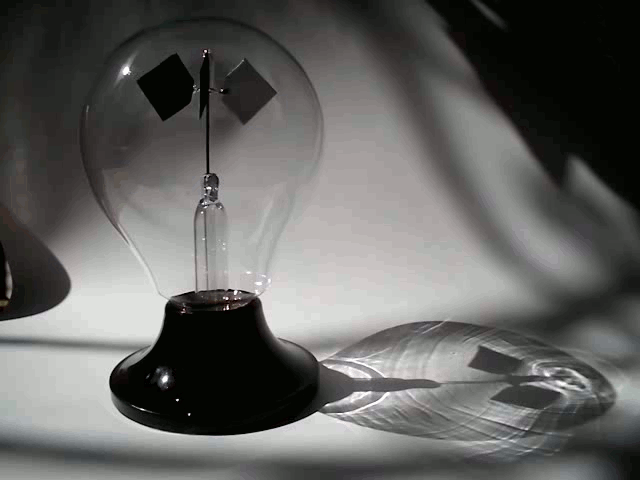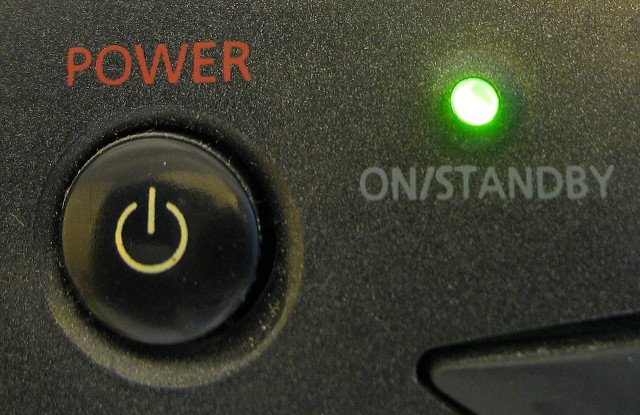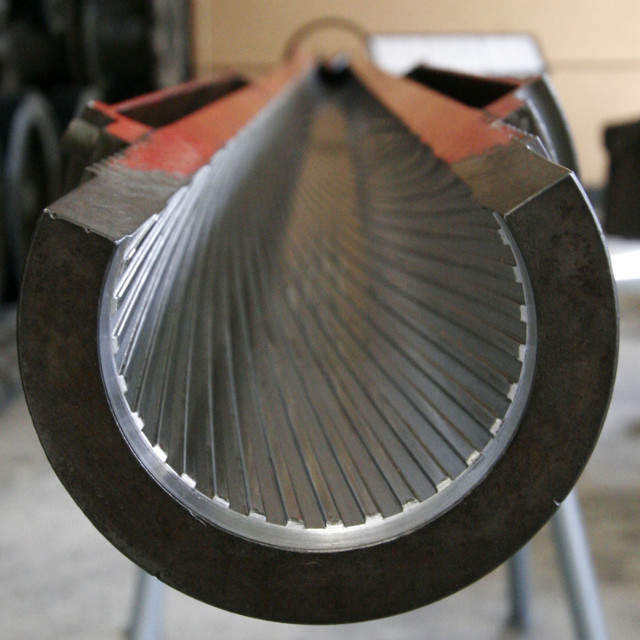During the Cold War the USSR considered the Bay of Naples, off the south-west coast of Italy, to be an important strategic location. They considered it so important that K-8, a November-class submarine, was tasked with mining the area with nuclear torpedo mines.
The Bay of Naples

Project 627A November-class submarine
A torpedo mine is laid anchored to the sea floor and waits patiently to be activated. Once activated, the mine uses passive sonar to listen for an approaching submarine. Once an enemy submarine is detected and within range, the mine’s torpedo is automatically launched. It then tracks and destroys its target as a normal torpedo would.
K-8, the submarine said to have carried out the operation on 10th January 1970, originally carried a complement of twenty-four mines. Three months later, during a large-scale naval exercise two fires occurred simultaneously in two different compartments aboard K-8, causing all hands to abandon the boat. As it was being towed for repairs through the Bay of Biscay it sank in rough seas – allegedly with only four mines still aboard – killing fifty-two members of the crew.
It is alleged that the nuclear mines are still in place, but after more than forty years they are very unlikely to still be functioning. Still, they may pose a serious contamination risk as they rust and degrade.
Disclaimer: It’s worth noting that this information comes from Mario Scaramella, who has been the subject of some controversy. The IAEA lists the event as “not confirmed” in a report entitled Inventory of Accidents and Losses at Sea Involving Radioactive Material.

 The Brunt Ice Shelf, with the Brunt Ice Falls behind it.
The Brunt Ice Shelf, with the Brunt Ice Falls behind it.





